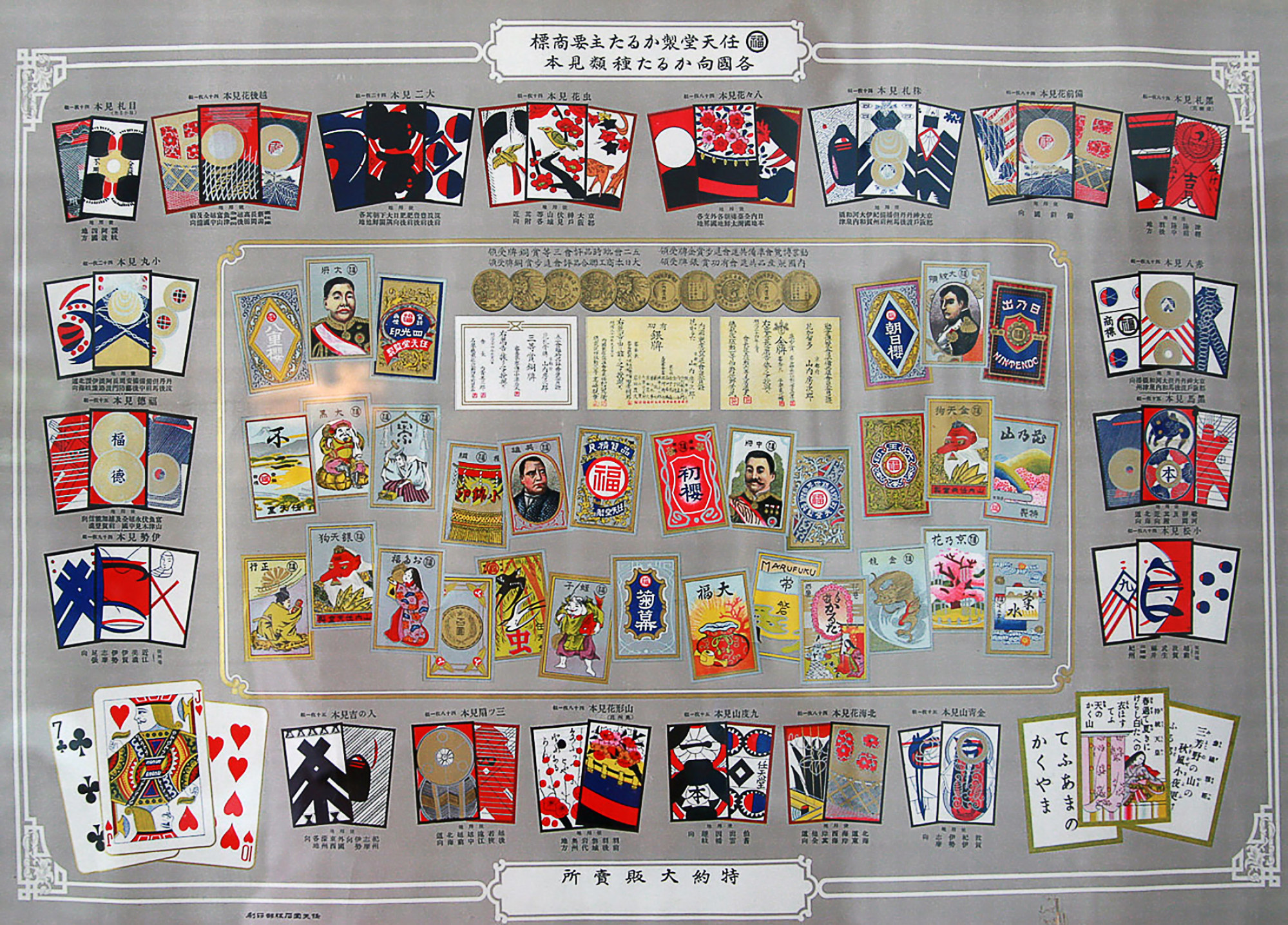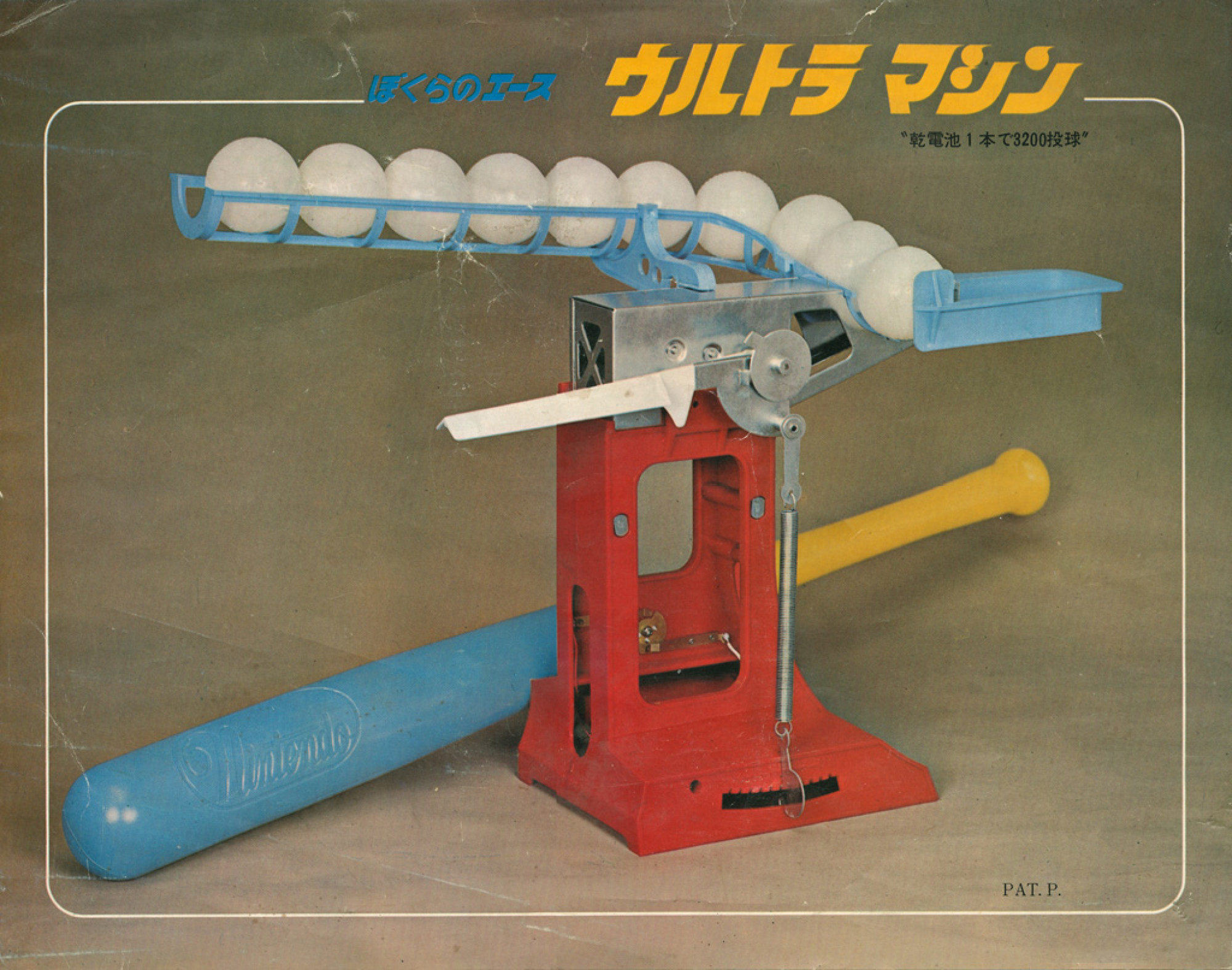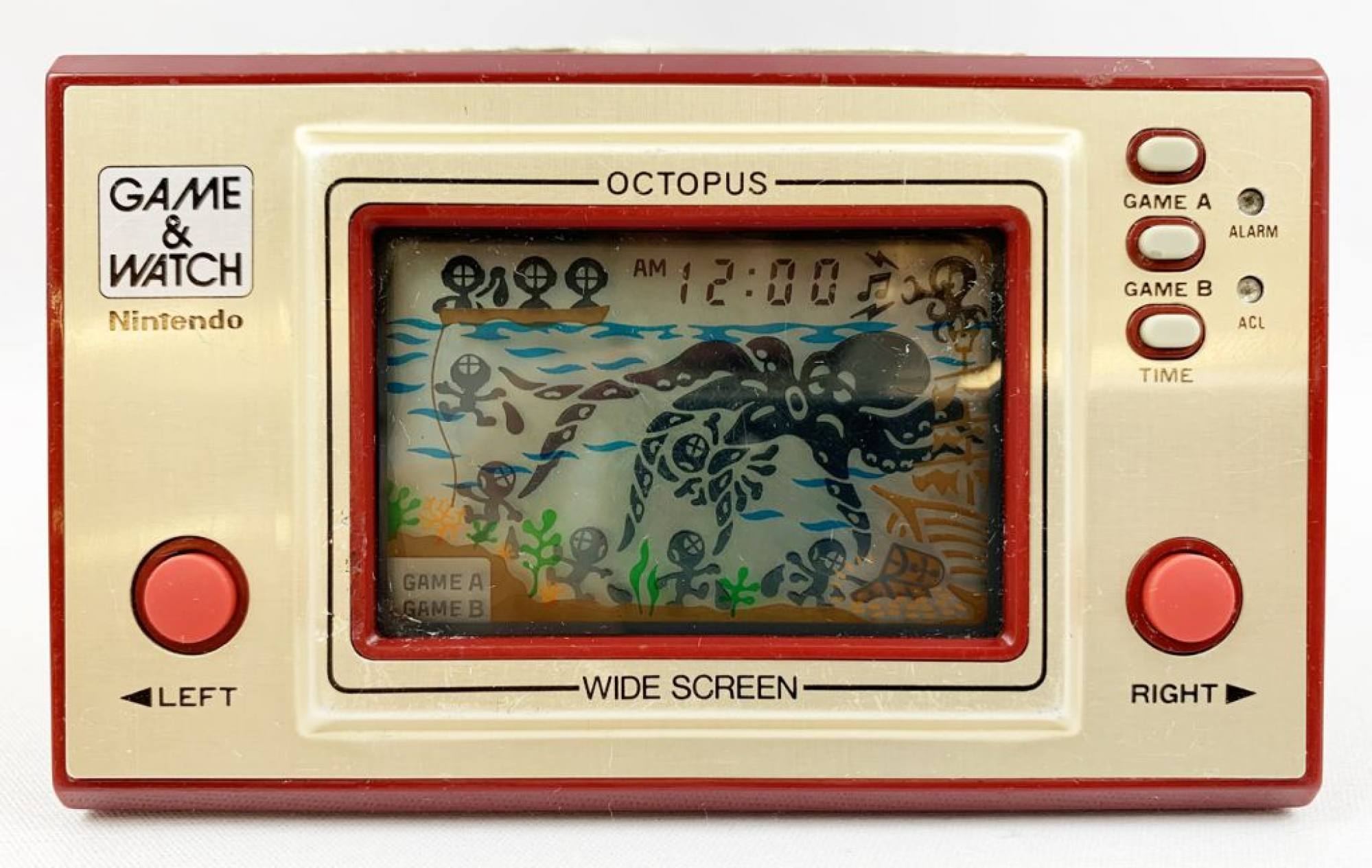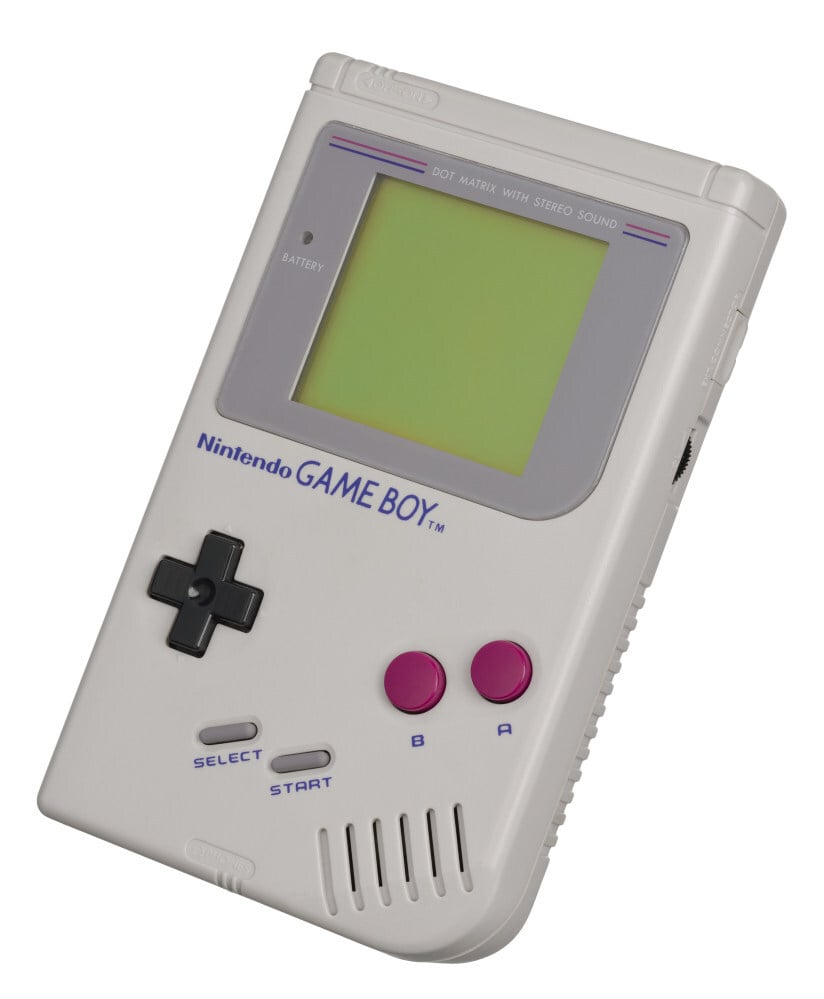
The Nintendo story: from the Switch and DS to games like Mario and Pokémon, how the 131-year-old company became a video gaming giant
- Founded in 1889, Nintendo is one of the most famous brands in video gaming, with its consoles and characters loved by fans the world over
- The Japanese company started out as a maker of playing cards that were popular with ‘yakuza’ organised crime groups, who used them for illicit gambling games
The global pandemic and economic slump of the last 18 months have been a disaster for the vast majority of businesses around the world. But for Nintendo, the need for people to stay at home and avoid restaurants, bars, sporting events, cinemas and other large social occasions has been a huge and unexpected bonus.
In May, the Kyoto-headquartered multinational revealed that its profit for the financial year ending in March had soared 86 per cent, largely on demand for its Switch handheld games machine.
Mario, Zelda and the brand’s other franchises – most notably Animal Crossing – have been put through their electronic paces during lockdowns, earning the company an annual profit of 480.4 billion yen (US$4.4 billion), up from 258.6 billion yen one year previously and significantly better than the 400 billion yen that Nintendo had forecast.
“The Switch unit was already successful before the pandemic, but it has really come into its own over the last year or so as everyone has been homebound and had to find ways to entertain themselves,” says Dan Sloan, author of Play to Wiin: Nintendo and the Video Game Industry’s Greatest Comeback, published in 2011.

“Right from its very early years, Nintendo has set out to be a people-pleaser, with good ideas, appealing games and fun characters,” Sloan adds. “It helps that they have also positioned their products at a reasonable price point, making them accessible to everyone, and it is clear that they are thriving in this present situation.”
The history of the video game company, however, goes back a lot further.
Nintendo was founded in September 1889 as Nintendo Karuta – a distinctly low-tech, locally focused firm – by a Kyoto craftsman named Fusajiro Yamauchi, who designed and made hanafuda, or “flower cards”, a style of playing cards.
Hanafuda were all the rage at the time, particularly among members of the yakuza organised crime groups, who used them for illicit gambling games, Sloan says. Soon, Yamauchi began to reach out to new markets in nearby Osaka – a hotbed of yakuza activity and a lucrative destination.

He introduced the firm’s first deck of Western-style cards in 1902 and the company later linked up with the forerunner of Japan Tobacco to sell its cards in cigarette stores across the country to further raise the profile of the business.
In 1907, Yamauchi’s daughter married Sekiryo Kaneda, who adopted the family name and became the company’s second president when his father-in-law retired in 1929 – by then it was the largest manufacturer of game cards in Japan. Fortunes changed in the late 1930s when the nation was at war, with the government banning foreign card games and encouraging the public to use its spare time in helping the war effort.
Still, Nintendo survived the downturn, only to run into new problems in the 1950s. The third president, Kaneda’s grandson Hiroshi Yamauchi, set about an aggressive expansion of the company, but it was not welcomed by employees who preferred a more conservative approach to business. The internal shift led to calls for a strike among the staff and a number of employees were fired.

In 1959, with internal dissent quelled, the company signed a deal with Walt Disney to incorporate the US firm’s animated characters into its cards. It also began investing in television advertising and, in two years, sold more than 1.5 million packs of cards.
Four years later, buoyed by its success, the company was listed on the Osaka and Kyoto stock exchanges and changed its name to Nintendo.
Change was afoot in Japanese society, however, with Nintendo’s cards popular among children but hanafuda falling out of favour with adults, who were quickly discovering the attractions of cinemas, bowling alleys, dance halls and “pachinko” pinball games after the joyless years of the war.
Today, what they do, they do really well. There have been a few misses down the years, but they have learned from those experiences
Concerned that children’s cards would not be enough to keep the company afloat, Hiroshi Yamauchi looked around for a new direction, but his scattershot approach was a disaster.
“He went into a number of businesses that were completely new ground for the company, from bowling alleys to a taxi service and love hotels, but they all flopped badly,” Sloan says. “It was only when he began to steer the company back to gaming, its original business, that things began to recover again.”
From the late 1960s, Nintendo invested heavily in the research and development of new products, such as classic table games like chess and mahjong, although the emerging electronic games sector was of particular interest.
In the early 1970s, the company released Japan’s first electronic toy, the optoelectronic Beam Gun that was an instant hit and went on to sell more than 1 million units. Other electronic toys released at the time included the Ultra Machine, a ball pitching machine that came with a bat, and the Love Tester, which claimed to reveal how much “young ladies and men” were in love when they held spherical metal sensors.

Encouraged by the public’s apparent delight at such technological wizardry, Nintendo set about devising more innovative products, with the Laser Clay Shooting System the biggest selling toy of 1973 in Japan. The following year, the Wild Gunman skeet shooting simulator caught on and was even successfully exported to the US and Europe. Yet the runaway popularity of the video game console pioneered by Atari led Nintendo to focus more of its energies on on-screen entertainment.
The year 1979 is seen as pivotal in Nintendo’s development, with the company opening its US subsidiary in New York and setting up a new department to develop personal-use arcade games. The following year, the Game & Watch was released, one of the very first handheld video game systems, and it became an immediate hit. Some 59 games were devised for the system and more than 43 million units of the system were sold, with Donkey Kong regarded as the best new title.


Domestic production capacity was ramped up for the release in 1983 of the next generation of gaming devices. The Family Computer – immediately abbreviated in Japan to the Famicom and known internationally as the NES – used a ROM cartridge for video games, including Donkey Kong, and sales quickly surpassed those of its great rival, the Sega SG-1000.

Saturation of the US market and a plethora of badly designed games caused a crash in the global video game industry in the mid-1980s, so Nintendo rebranded the Famicom as an “entertainment system”. The brand’s profile was significantly raised around the same time with the release of landmark titles Super Mario Bros – with the short and dumpy character Mario named after the landlord of Nintendo’s offices in Washington State – and The Legend of Zelda.
The closing months of the decade saw further innovation and the launch of the Game Boy, the first handheld game console that could play interchangeable game cartridges. In Japan, the initial inventory of 300,000 units swiftly sold out and 40,000 units flew off the shelves in the US on the first day of distribution. The upgraded Super Famicom (Super NES) was similarly well received when it was released in 1990, although Nintendo was facing growing competition from old adversaries NEC and Sega.

The company released the Nintendo 64 in 1996, which broke new ground as one of the first consoles engineered with 64-bit architecture. Around 33 million units sold globally during its seven-year lifespan. A number of Nintendo 64 games – including Super Mario 64 and GoldenEye 007 – are considered some of the best devised.
The Game Boy Colour came out in 1998, followed three years later by the Game Boy Advance and the Game Cube. The two devices had differing fortunes, however, with the Game Boy Advance and its updates selling more than 81.5 million units, but consumers not warming to the Game Cube.
Pokémon cards and games were also doing well for the company. In 2002 it released the Pokémon Mini video game console, the smallest and, at 71 grams (2.5 ounces), the lightest console ever released, and followed that with the Game Boy Advance SP, an improved version of its predecessor with a folding design and illuminated display.
The Nintendo DS came out in 2004 and went on to become the most successful handheld console in history, selling 154 million units across the original device and its three updates. Then came the hugely popular and revolutionary Wii console in 2006, which sold more than 101 million units and gave Nintendo a commanding 54 per cent of the home console market by 2008.
Released in 2012, the Wii U struggled by comparison. It managed fewer than 14 million units sold and prompted Nintendo’s home console market share to drop to less than 15 per cent by the end of 2015, before the Switch, released in 2017, saw the company back on top again the following year.

Sloan believes that through a process of trial and elimination in its earliest years, Nintendo discovered exactly what works for its business.
“Today, what they do, they do really well,” he says. “There have been a few misses down the years, but they have learned from those experiences. They know their customers, they know the market and they’re on the leading edge of the technology. It’s a recipe that has served them well and I am pretty sure they’ll stick to it from now on – and have even more success.”

